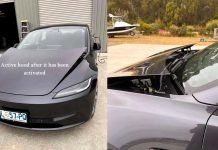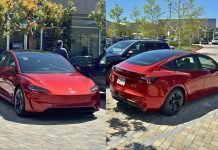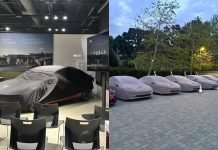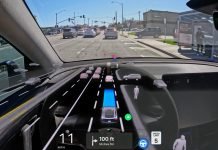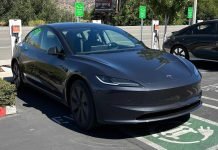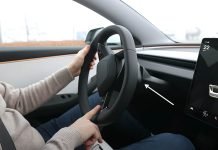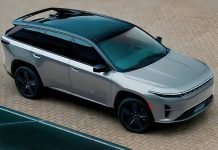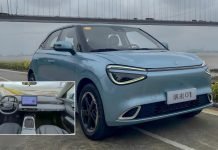In the fast-paced world of the 21st century, our cars are becoming smarter and more advanced with each passing day. These technological marvels promise us greater accessibility and the promise of effortlessly cruising through our daily journeys. But here’s the twist: while these cutting-edge technologies are making our rides more exciting, they’re also throwing some challenges our way, making it feel like we’re navigating a high-tech maze!
In this article, we’re diving deep into the realm of these automotive enigmas. We’ll explore the intriguing world of car errors, those pesky glitches, and hiccups that pop up when we least expect them. Why does that mysterious warning light suddenly illuminate your dashboard? What’s causing your once-smooth ride to turn into a bumpy adventure?
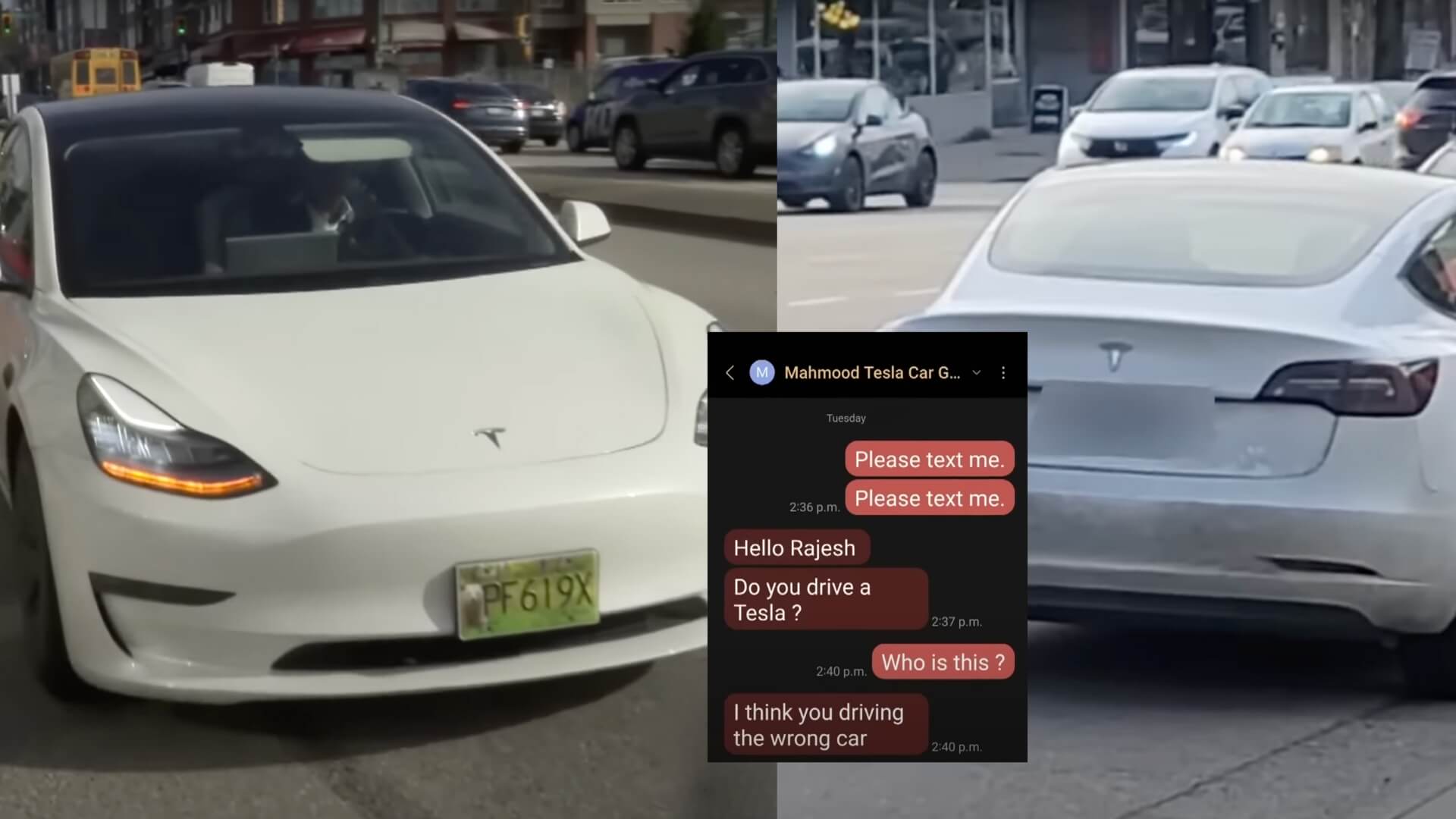
The Unlocking of the Wrong Tesla in Vancouver
In the era of smartphones and high-tech vehicles, using your phone as a car key offers convenience like never before. It means one less item to carry around and lets you effortlessly unlock your car, slide into the driver’s seat, and hit the road without the fuss of a physical key. But what if you unlock someone else’s car mistakenly? Well, a similar incident happened with a guy from Vancouver.
One fine day he was walking towards his Tesla to pick up his kids from School and he unlocked his car using a digital fob. Eventually, he noticed some significant changes in his car’s insides like the displacement of the charger and crack on the windshield. He called his spouse to check but not even his spouse was aware of it.
Suddenly, he gets a message from an unknown guy after 5-10 minutes saying, “Rajesh are you driving a Tesla.” Reality hit him! He was driving someone else’s car but in good faith!
When the guy reached out to Tesla, armed with video evidence of the mix-up. However, he encountered frustration as some of his emails bounced back, and he received no response from the company.
Now, you might be wondering how that is possible. Well, I’ll tell you how that is possible.
How Does the Tesla Key Fob Work?
For security, digital key technology relies on Near Field Communication and a low-energy Bluetooth connection to communicate with your car. Even if you have no signal or your phone’s battery dies, the digital key can still function, although its capabilities may vary depending on the carmaker. And if you ever misplace your phone, it’s akin to losing a traditional key fob.
Now, should you be worried about someone else opening your car? Well, this incident is not very common to happen every day. It is one of the rarest occasions when such incidents are reported. Modern keyless entry systems operate on frequencies between 300 and 400 MHz. To ensure that your key fob only works with your car, rolling codes, also called hopping codes, are used. These codes change every time you use your key fob, making them unique to your car. When you press the unlock button, the code sent by your key fob changes.
Your car’s receiver recognizes this new code and accepts it. The code “rolls” or changes each time you use it, thanks to a controller chip inside your car. Importantly, the code is stored in your car, not the key fob, so a thief would have to break into your car to access it. To make things even more secure, the hopping codes are random and encrypted. This means that there are billions of possible codes, making it extremely difficult for anyone, even a determined hacker, to anticipate or break the code sequence.
What Must Have Happened in the Vancouver Incident?
So what must have happened with the Vancouver guy is that his digital Tesla key might have generated the same fob code and he might have been in the bandwidth of the other guy’s car. There is no accurate explanation for this because if there had been, then it would have been Tesla explaining the possibility and not me trying to decode it at best.
This isn’t the end because we have brought some other strange software glitches from Tesla.
Technical Glitches Noticed in Tesla Cars
Windshield Defrosting Problems
A few years back the windshield problem of Tesla escalated so much that the company had to call back nearly 27,000 cars in the US due to windshield defrosting issues. This recall includes various models, such as the Model 3, Model S, Model X, and Model Y. According to a letter from Tesla to the US National Highway Traffic Safety Administration (NHTSA), the recall stems from a software error linked to the vehicle’s heat pump. This hiccup causes a valve in the heat pump to open unintentionally, trapping refrigerant inside the evaporator. The result is decreased defrosting performance, potentially compromising drivers’ visibility and increasing the risk of accidents.
Error in Occupant Crash Protection
The NHTSA flagged an issue with vehicles not complying with a safety standard related to “Occupant Crash Protection” due to a non-activating chime.
Problematic Full Self-driving Software
Tesla recalled more than 50,000 US vehicles equipped with the Full Self-Driving (Beta) software. Some of these cars were found to perform “rolling stops” at intersections instead of coming to a complete stop, raising safety concerns.
Rear-view camera
A prior recall in December 2021 involved half a million Tesla vehicles due to problems with rear-view cameras and front hood issues. The malfunctioning rear-view camera posed a risk by reducing a driver’s ability to see behind the vehicle.
Tesla Crash in Autopilot Mode
A Tesla car on autopilot mode, ramped into the stationary truck. This was because Tesla employed cameras and front-facing sensors to identify obstacles in its path, so it’s unlikely that the 12 ultrasonic radars couldn’t detect the overturned semi-truck on the road.
Why Tesla Model 3 Rams Into an Overturned Semi-truck, Could LiDAR Have Helped Avoid the Collision?
There are a few possible reasons why Tesla’s autopilot system might have led the car to collide with the overturned truck on the highway. It could be that the autopilot system struggled to properly detect the truck’s position on the road.
Another possibility is that it miscalculated the distance to the truck, thinking it was farther away than it actually was. Additionally, the autopilot system may have failed to apply the brakes in time to avoid the collision. These explanations seem logical in the context of the semi-truck collision.
Evidence Where the Tesla Car’s Software Worked Perfectly Fine
However, Tesla has worked perfectly fine on various occasions like the alert system. In a near-fatal incident involving a Tesla driver and police van crash in 2021, it turned out that the system was sending alerts for a total of 34 minutes before crashing into the police van.
Tesla Crash: Autopilot Sent 150 Warnings to the Driver Before Crashing Into a Police Car
The warnings conveyed a clear message: the driver should take charge of the vehicle. Tesla’s Autopilot system is meant to aid, not replace, the driver, and it consistently stressed the importance of human oversight. Unfortunately, it seems the driver did not react promptly or effectively to these warnings, which ultimately resulted in a tragic outcome. Find more details about this incident here!
Software Issues in Other Brands’ Cars
Lucid Air
The previous year, Lucid Motors Luxury Lucid Air had displayed a wrong warning where Arizona’s resident got a message displayed on his car’s console stating that a “software update failed,” and cautioning that the vehicle might not be safe to drive. This message was accompanied by a prominent red warning triangle. Such a message doesn’t exactly boost one’s confidence.
VinFast VF8
VinFast is a Vitenaman-based automobile manufacturing company in May 2023, the company This action was taken following a statement by the US National Highway Traffic Safety Administration (NHTSA), which reported that 999 VinFast VF 8 vehicles encountered a software glitch in their dashboard displays. This glitch prevented important safety information from being displayed and raised the possibility of a higher risk of accidents.
Writer’s Remark
These issues are old and some of them might have been resolved by the company with the software updation, but we are pointing these out here because even after being the most preferred seller of electric cars in the European market, Tesla has time and again encountered failed software issues and this article is an eye-opener to all those who are Tesla fanatics and believe that nothing can go wrong with Tesla.
In the world of modern technology and innovative vehicles, surprises can emerge from even the most unlikely places. Whether it’s an inadvertent joyride in someone else’s Tesla or a software glitch affecting thousands of cars, the road ahead is filled with twists and turns we never saw coming.

